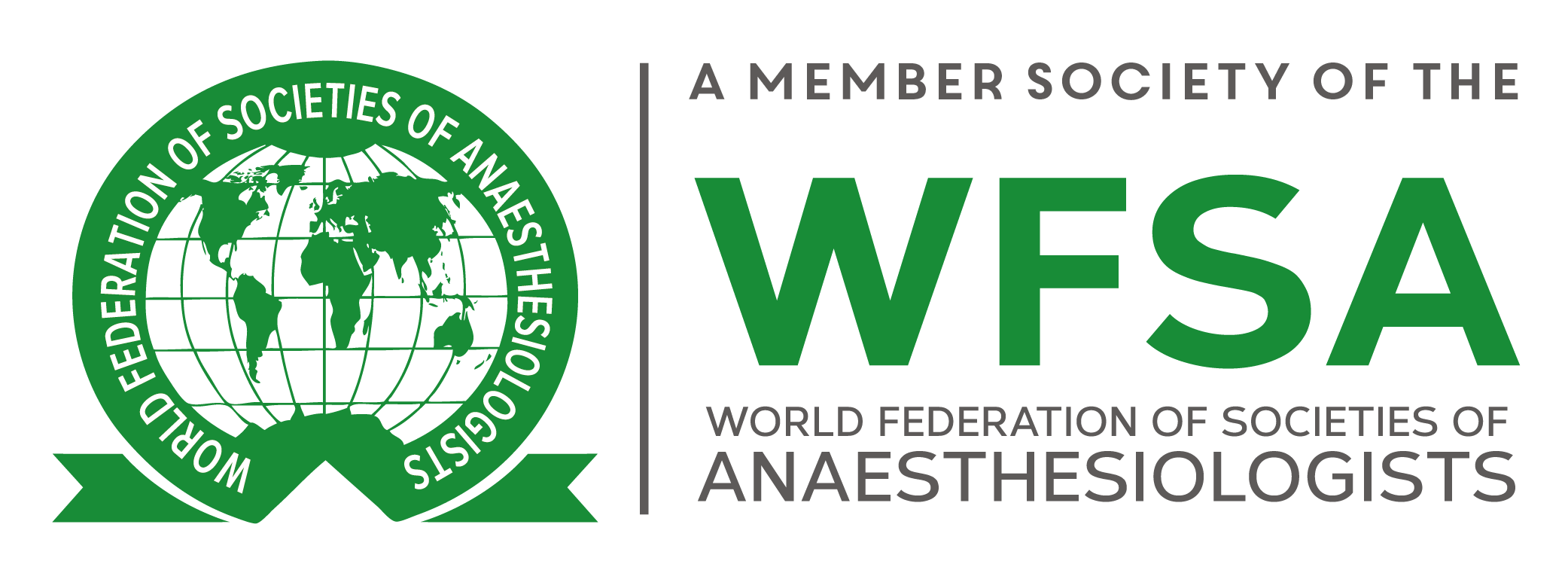History of anesthesia
200 years of the history of anesthesia in Japan.
The great achievements of Seishu Hanaoka and the development of anesthesiology
It all began with Dr. Seishu Hanaoka, a surgeon who successfully removed breast cancer under general anesthesia for the first time in the world on October 13, 1804. This was accomplished about 40 years before the widely known experiment using ether as a general anesthetic performed by Dr. Morton at Harvard University.
Hanaoka repeated his experiments many times, even practicing on his mother and wife. He synthesized the drug, Tsusensan, which had Datura alba as the main component. It was a surprising invention because it was in an era in which there was no concept of anesthesia, and enduring pain was thought to be a virtue. This achievement was presented at a meeting of the International College of Surgeons held in Chicago in 1954, and documents on Hanaoka are still exhibited in the Hall of Honor.
It is believed that Kada, a famous Chinese physician in the 3rd century, used Mandarage (Datura alba) as a general anesthetic and Hanaoka may have known about it. Hanaoka invented a new drug he called Tsusensan, which consisted of 6 medicinal herbs, mainly Mandarage. After repeated experiments in animals, he finally succeeded in using anesthesia to remove breast cancer from a human patient, the first known successful case of general anesthesia in the world. Mandarage is still used as a preoperative drug and is now known to contain scopolamine which has a strong effect on the central nervous system.
Postwar medicine in Japan
Japanese medical science was far behind that of the United States at the end of World War II. Medical science in the United States began to progress rapidly in a relatively short period before the war. The evolution of anesthesiology was particularly rapid, but its progress was unknown in Japan because of the bad diplomatic relationship between the two countries at the time. Japanese doctors had blindly believed in German medical science since the Meiji Restoration (1868), but German anesthesiology had not progressed either.
The United States sent doctors to Japan in 1950 to help reform Japanese medical science in 1950. Dr. Saklad, an anesthesiologist, was one of the doctors who greatly surprised Japanese surgeons with his lectures about successful heart and lung surgery, which they considered impossible. The Japanese surgeons thought it necessary that a Department of Anesthesiology be established for specialized training so they could catch up with progress made in the United States. The JSA (the Japanese Society for Anesthesia at that time), was established in 1954. Certification of the first 44 anesthesiologists in Japan happened in 1963.
Many Japanese physicians subsequently visited the United States to study anesthesiology and increase their skills as rapidly as possible. After half a century, the number of certified anesthesiologists exceeds 4800, but more are needed. As the number of certified specialists in anesthesiology has increased, the incidence of medical accidents related to anesthesia has markedly decreased. The level of Japanese anesthesia is now almost the same as the United States and we are doing our best to surpass the standard of practice in the United States.
Hope for future development
JSA was established in October 1954 with about 750 members and has engaged in activities aimed at bringing progress to the field of anesthesiology and expanding its influence. It has made contributions to the academic and cultural development of Japan. JSA is officially recognized as the representative organization in Japan related to anesthesia. It belongs to the Japanese Association of Medical Sciences (JAMS), which belongs to the Japan Medical Association (JMA), Japan’s biggest professional organization. JAMS is the section of JMA responsible for academic improvement and medical education. JSA is also recognized as a specialist group of anesthesiologists by the Science Council of Japan established in the Prime Minister’s Office under the direct control of the Prime Minister to obtain reports from specialists for the effective social application of science. JSA is often asked for specialized knowledge regarding anesthesia and scientific evaluation.
Internationally, JSA belongs to the Asian/Australasian (Australia and Oceania) region of the World Federation of Societies of Anaesthesiologists (WFSA), and plays a leading role in education and technical improvement of anesthesia in Asia. Domestically, committees with a wide range of interest are actively involved in society through anesthesia-related projects and implementation of academic and medical improvements. JSA, the first association to establish a system of specialized physicians in Japan, has certified about 6,000 instructors of anesthesiology, accounting for more than a half of its approximate 10,000 members (as of 2008). The number of anesthesiologists still seems to be insufficient so we are actively promoting the field of anesthesia to the government, medical organizations and the general public through open courses and medical care consultation. We hope to increase the number of anesthesiologists in Japan, which will lead to improved patient care and safety.







